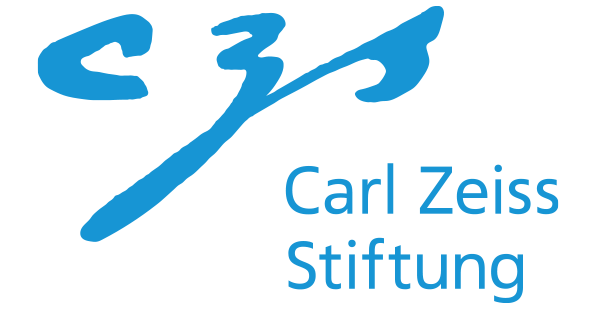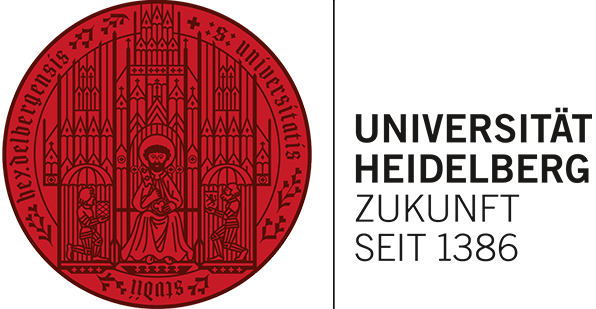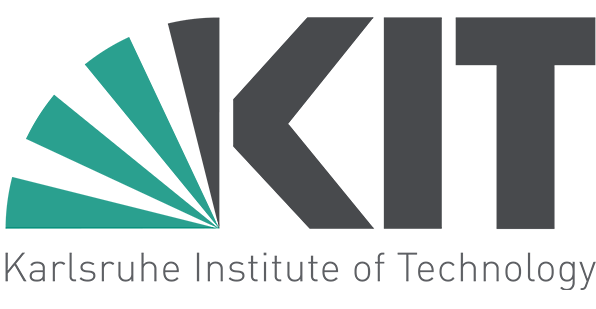Scientific Modules
The hands-on Scientific Modules help the Doctoral Researchers to tackle the technical challenges for their experimental or theoretical work in a highly interdisciplinary environment. Through the modules, they furthermore learn about expertise and infrastructure available within the Cluster.
Doctoral Researchers in the HEiKA Graduate School are obliged to participate in at least one week of scientific modules.
Module descriptions
.elementor-accordion .elementor-accordion-item:first-of-type {
display: none;}
.elementor-accordion {
border-top: 1px solid #D4DFF2C7;
}The aim of the module is to develop an awareness of visions in technology development and to reflect on the interplay of visions and research of 3D printing. Based on research in Technology Assessment we will look into the societal role of research on 3D printing, discuss different scenarios on 3D printing pathways in society and learn to see the societal aspects in new and emerging technologies. The module engages the participants in different activities to learn about, explore and discuss different visions and scenarios of 3D printing. Through this the participants will learn examples and tools for reflexive and responsible decision-making in science, communicating with stakeholders and the public and engaging with futures, visions and scenarios.
This course introduces participants to the basics of working with CRISPR.
The functionality of the molecular units or modules is determined mainly by their electronic structure and the surrounding molecular environment. These microscopic properties can be investigated at different levels of theory. Such methods are increasingly exploited to analyze and to predict the structure and functional properties of molecules and materials in many applications.
In this course, we will introduce several quantum chemistry methods, with a special focus on the density functional theory (DFT) approach, which are now widely used in the investigation of molecular systems and their properties. We will introduce the basics of the electronic structure methods with the specific application in the photochemistry of molecules used in 3D printing. Moreover, we will demonstrate the applicability of the computational methods in the design of new promising compounds for 3D printing and for the systematic improvement of existing materials. During computer classes, you will learn how to run different types of calculations using standard software packages and to analyze the obtained results.
This course provides a solid base to understand the underlying methods and is adapted for a broad and interdisciplinary audience.
This course introduces sample preparation and the application of confocal microscopy.
Here you can watch a short introduction to the module by Young Scientist Jannis Weinacker.
This scientific module will introduce you to the principles of biofabrication for tissue engineering applications. You will get hands-on experience with two fabrication technologies (bioprinting and micro-encapsulation), using biomaterials compatible with these technologies (hydrogels, polymers). You will be able to name advantages and disadvantages of these methods in the context of tissue engineering, cancer research and other biomedical applications.
Functional digital printing is set to revolutionize various technological fields by offering total freedom of design in the deposition of functional materials. Techniques like Inkjet and 3D printing permit the depositions of insulators, semiconductors, metals or biological materials with applications in electronics, sensing or bioelectronics.
Furthermore, these techniques offer the cost‐efficiency and versatility needed in areas like industrial production and personalized healthcare. The goal of this module is to understand the steps necessary for the processing of functional materials in Inkjet and 3D printing and to gain a technology overview and hands-on experience which could be utilized during a Doctoral Research project.
Microfluidics is about handling small amount of fluids in micro-channels at minimal sample consumption. The course provides theoretical background as well as experimental skills to conduct microfluidic experiments. Furthermore, microfluidic chips will be produced via soft lithography, an additive manufacturing method that easily could be combined with custom 3D printed master molds of the participants. In this way, we hope to show you how microfluidics could benefit your experiments!
The course focuses on experimental aspects of 3D micro-printing and is intended for newcomers in the field. The participants will deepen and apply their theoretical knowledge by exploring different aspects of 3D printing. They build knowledge on principles of design and process technology for the fabrication of 3D matter including the functionalization of 3D structures, and the inspection of those microprints.
Here and here you can watch short introductions to the module by Young Scientists Samantha Catt and Jannis Weinacker.
The objectives of this course are to provide participants with an understanding of high-throughput screening in cellular assays, drug discovery, chemistry and 3D printing. Explore the principles, methodologies and applications of HTS. Gain proficiency in using high-throughput platforms, equipment and data analysis techniques, in order to be able to design effective HTS experiments and analyze the results.
To access information hidden beneath the surface of a sample one way is to slice up the sample and look at the individual sections with a microscope. This is even possible in 3D – when images of serial sections are reconstructed into a virtual volume. This approach, created for neuroscience investigations, has become known as array tomography and can be applied to light or electron microscopy, but also for corelating the two imaging modes (CLEM). Participants will learn how samples are prepared by embedding in resin, how to trim and section and finally how to image sections and section arrays. A short excursion into image processing, 3D reconstruction and visualization of results will also be offered.
The course will give a practical hands-on introduction to finite-element method using COMSOL Multiphysics software package. Familiarity with programming languages (e.g. Matlab) can be useful, but is not assumed.
The module aims at acquainting the participants with the basics of the ray-tracing program package “Blender”. This allows for two aspects relevant in the Cluster “3D Matter Made to Order”. First, you can make cool 3D graphics for publications and presentations yourself. For example, 3D architectures that have been 3D printed can be visualized. Second, the architectures defined by “Blender” can be exported in *.stl file format – the standard data format for 3D printing, including the Nanoscribe instrumentation available to all Cluster members in the KIT Nanostructure Service Laboratory.
You can watch short introductions to this module by Young Scientists Pascal Kiefer and Jannis Weinacker here and here.
This course introduces participants to light induced reaction. Furthermore, it covers the properties of common as well as novel (functional) photoresists, detailing their design, synthesis and application.
Participants will learn about the main chemical processes and materials involved in different 3D printing techniques using light as well as to gain insights into the possibilities and challenges.
Here and here you can find short introductions to the module by Cluster Young Scientists Clara Vázquez-Martel and Pascal Kiefer.
Printed electronics is an emerging technology were electronic devices and applications are printed on flexible or rigid substrates. It is even possible to print basic microelectronic electronic circuits, such as logic gates, for various applications. This course aims to give an introduction on printed electronics, where the students will be able to print their own logic gates and characterize them in the lab.
The module aims to provide the participants with a comprehensive overview on how soft matter (ranging from small organic molecules, polymers to cells) self-assemble into ordered structures. Especially, to create a clear link to the general concept of our Cluster, we will focus on the self-assembly at the interfaces.
The scientific module on x-ray imaging aims to provide a general overview of existing hard and soft x-ray microscopy methods for macro and nano imaging. Apart of theoretical background it will include hands-on practical work on how to prepare soft materials to improve x-ray absorption, mounting strategies for specimens, optimal imaging parameters, reconstructions and 3D volume analysis. By the end of this course, participants should be able to choose method and protocol of interest depending on the question within their own scientific field. Participants are welcome to suggest/bring their own specimens. The course will be held in English.
- Introduction to Computational Photonics
- Hands-on 3D Laser Micro-Printing for Advanced Users
- Working in a Chemistry Laboratory for Physicists and Engineers




